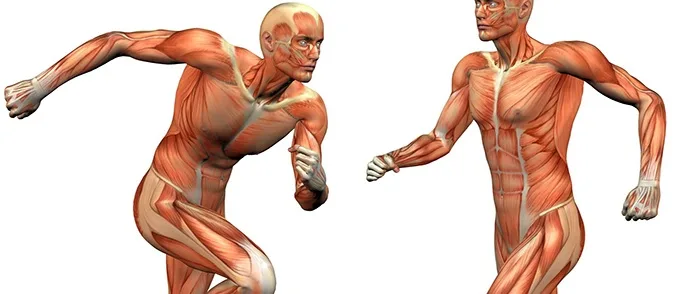New Australian research confirms that physically active individuals have fewer daily heartbeats due to lower resting heart rates, overturning the myth that exercise 'uses up' heartbeats and showing greater efficiency in fitter hearts is linked to longer life expectancy and reduced disease risk.

November 1, 2025

Source:
ScienceDaily
Study Overturns Exercise and Heartbeat Myths
New findings from Australian researchers have debunked the widely held myth that exercise 'uses up' your heartbeats. The study, conducted at the HEART Laboratory under Professor Andre La Gerche, used 24-hour Holter monitoring to compare athletes and sedentary individuals. Results showed that fitter people actually use fewer heartbeats per day because their resting heart rates are significantly lower, even after exercise.
Key Results
Athletes averaged 68 bpm at rest; non-athletes averaged 76 bpm.
Reference: ScienceDailyThis means athletes’ hearts beat around 10% less per day—about 11,000 fewer daily heartbeats.
Elite athletes demonstrated rates as low as 40 bpm due to athletic bradycardia and higher cardiac efficiency.
Keep up with the story. Subscribe to the PR+ free daily newsletter

Source:
Dr Rajiv Desai
Why Fitter Hearts Beat Less
The main reason behind this efficiency is cardiac adaptation. Trained hearts pump more blood with each beat (higher stroke volume), so they don't need to beat as often to meet the body's needs. The study directly refutes the notion that there's a fixed number of heartbeats in a lifetime.
Implications for Health
Lower resting heart rates link to reduced cardiovascular disease and mortality risks. JACC: Advances
Exercise causes a brief increase in heart rate but leads to net daily 'savings' in heartbeats over time.
Moderate, consistent training—not extreme endurance—offers maximum benefit.
Reference: MedicalXpress
Read More

Source:
RedCircle
Share this news:




















